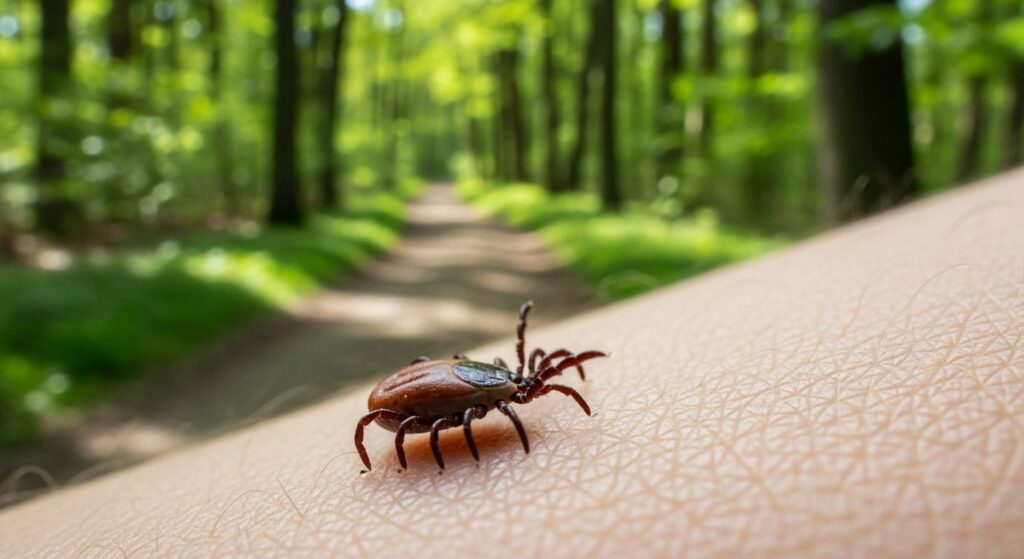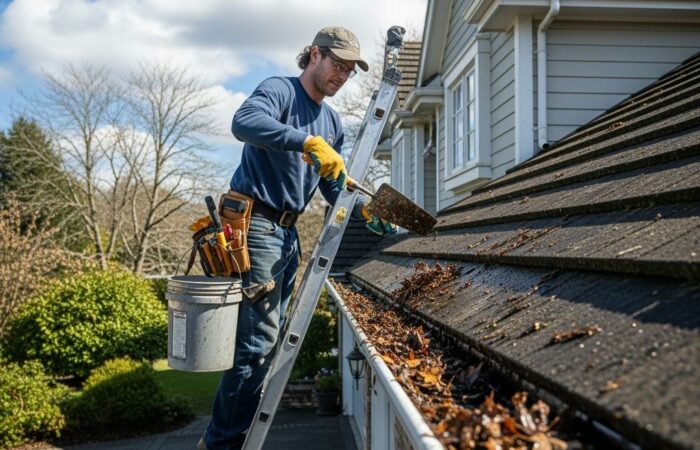
As summer approaches and we spend more time enjoying Madison’s beautiful outdoor spaces, Madison Emergency Medical Services wants to remind our community about an important health concern: tick-borne illnesses, particularly Lyme disease.
Increasing Tick Population in 2025
Connecticut residents should be especially vigilant this year, as ecological researchers and public health officials have reported significant increases in tick populations across the Northeast. According to the Connecticut Agricultural Experiment Station, tick populations have increased by approximately 25% compared to last year, with multiple factors contributing to this surge:
- Milder winters allowing more ticks to survive the cold months
- Expanding deer and small mammal populations that serve as hosts
- Changes in land use patterns creating ideal tick habitats
Understanding Lyme Disease and Other Tick-Borne Illnesses
Connecticut consistently ranks among the states with the highest rates of Lyme disease, with hundreds of confirmed cases each year. While Lyme disease is the most common tick-borne illness in our region, ticks can also transmit:
- Babesiosis
- Anaplasmosis
- Rocky Mountain Spotted Fever
- Powassan Virus
Early symptoms of Lyme disease typically appear 3-30 days after a tick bite and may include:
- Bull’s-eye rash (erythema migrans) at the bite site
- Fever and chills
- Fatigue
- Headache and muscle/joint pain
- Swollen lymph nodes
If left untreated, Lyme disease can progress to cause serious complications affecting the joints, heart, and nervous system.
Effective Tick Prevention Strategies
The best approach to tick-borne illnesses is prevention. Here are essential strategies to protect yourself and your family:
When Outdoors:
- Stick to the center of trails and avoid walking through tall grass and leaf litter
- Wear light-colored clothing to make ticks more visible
- Use EPA-registered insect repellents containing DEET, picaridin, IR3535, or oil of lemon eucalyptus
- Treat clothing and gear with products containing 0.5% permethrin
- Keep lawns mowed and remove leaf litter around your home
After Coming Indoors:
- Conduct full-body tick checks using a mirror to view all parts of your body
- Examine gear and pets, as ticks can ride into the home on these and attach later
- Shower within two hours of coming indoors
- Put clothes in the dryer on high heat for 10 minutes to kill any ticks
Proper Tick Removal
If you find a tick attached to your skin, proper removal is crucial:
- Use fine-tipped tweezers to grasp the tick as close to the skin’s surface as possible
- Pull upward with steady, even pressure—don’t twist or jerk as this can cause parts to break off
- After removing the tick, thoroughly clean the bite area and your hands with rubbing alcohol, soap and water
- Never crush a tick with your fingers; dispose of it by placing in alcohol, sealing in a bag, wrapping in tape, or flushing down the toilet
Important: Avoid folk remedies such as “painting” the tick with nail polish or petroleum jelly, or using heat to make the tick detach. These methods may actually increase the risk of disease transmission.
When to Seek Medical Attention
Contact your healthcare provider if:
- You cannot remove the tick completely
- You develop a rash, fever, or flu-like symptoms within several weeks of removing a tick
- You think the tick may have been attached for more than 24 hours
Your primary care physician may recommend monitoring, testing, or preemptive antibiotic treatment depending on the circumstances. Always follow their guidance regarding tick bites and potential symptoms.
Seasonal Awareness
While ticks can be active year-round in Connecticut when temperatures are above freezing, they’re most active during the warmer months from April through September. This coincides with increased outdoor activities, making prevention especially important during summer and early fall.
Be particularly vigilant when:
- Hiking in wooded areas
- Gardening near leaf litter
- Walking through tall grasses
- Camping, fishing, or hunting
- Playing in fields or wooded edges
Protecting Your Pets
Don’t forget that pets can also contract tick-borne diseases and bring ticks into your home:
- Talk to your veterinarian about tick prevention products for pets
- Check pets for ticks daily, especially after outdoor time
- Remove any ticks promptly using the same proper technique as for humans
Community Vigilance
As Madison residents, we share beautiful natural resources from Hammonasset Beach State Park to our town trails and preserves. Enjoying these spaces safely requires community-wide awareness about tick prevention.
While Madison EMS doesn’t typically respond to tick-related emergencies, we’re committed to community health education to prevent the serious long-term health impacts that can result from untreated tick-borne illnesses.
For more information about ticks and tick-borne diseases, visit the Connecticut Department of Public Health or the CDC’s Tick website.
Remember: Prevention is your best defense against tick-borne illnesses. Stay vigilant and enjoy Connecticut’s outdoor spaces safely!



